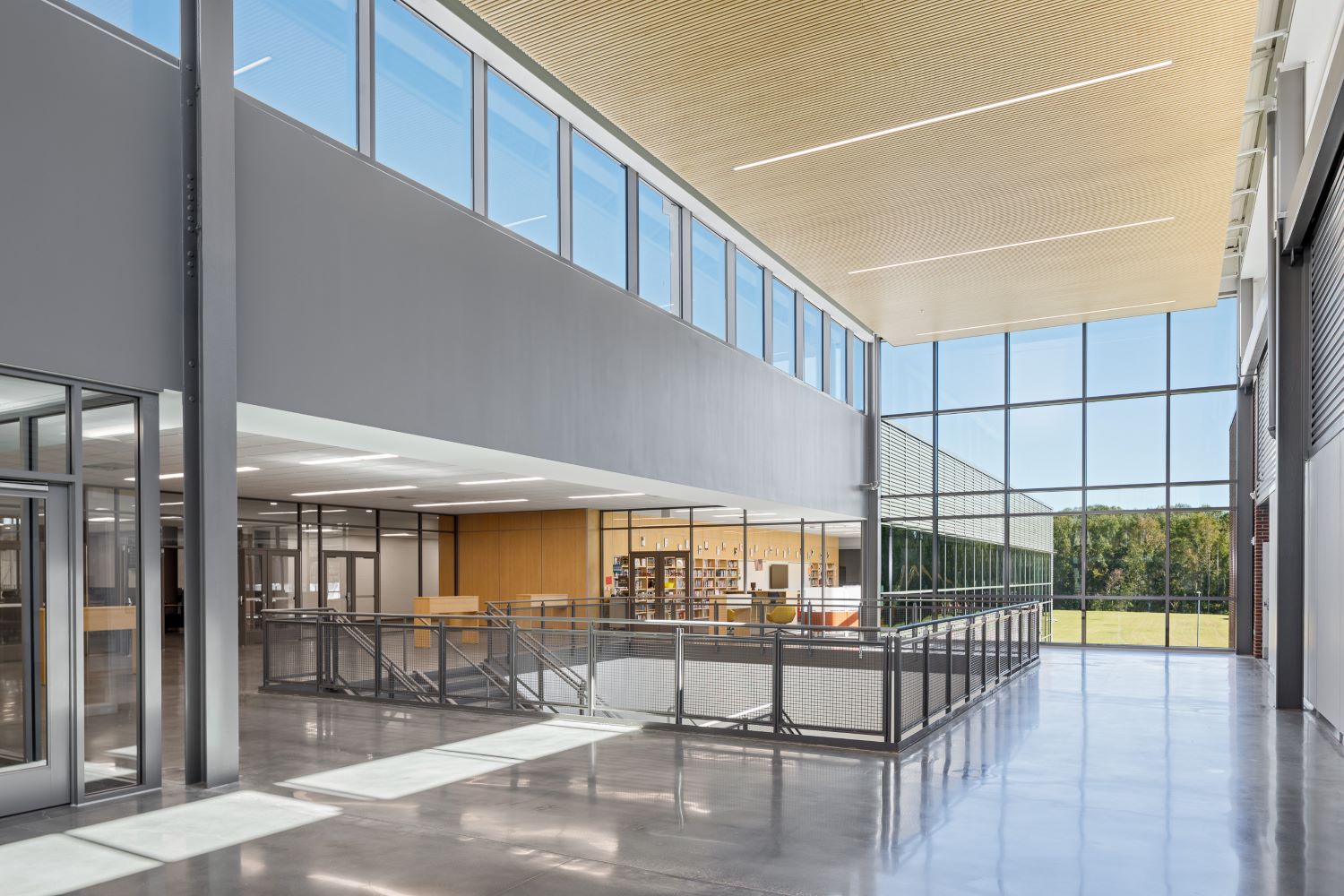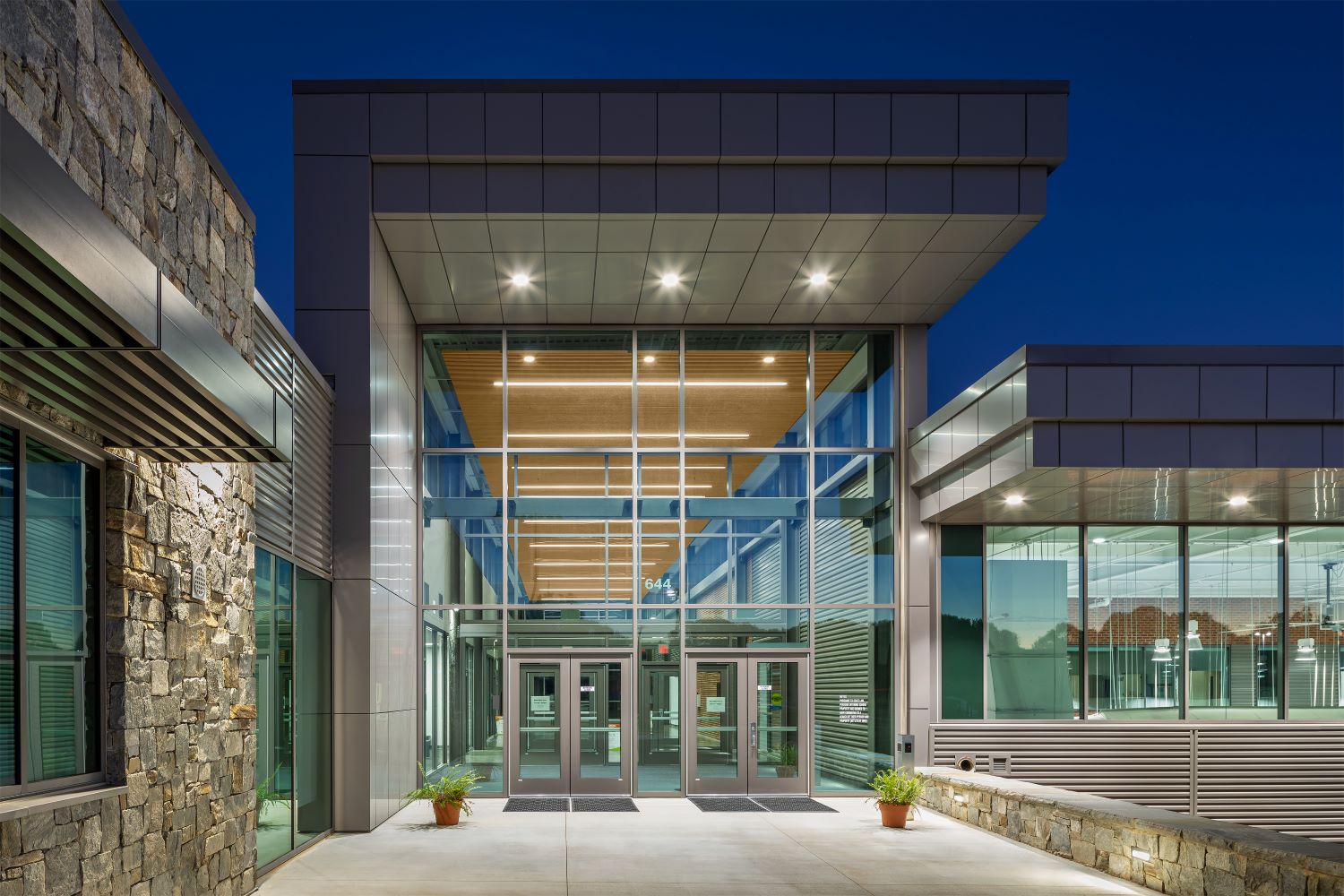Selecting the Right Security Glazing for Education Environments
Addressing the complexities of security glazing options

 Glaziers are on the front lines of every school hardening project, striving to achieve the delicate balance between creating a secure, open learning environment, realizing the architect’s design vision, and managing tight budgets and timelines. The task is as complex as it is rewarding.
Glaziers are on the front lines of every school hardening project, striving to achieve the delicate balance between creating a secure, open learning environment, realizing the architect’s design vision, and managing tight budgets and timelines. The task is as complex as it is rewarding.
Customers rely on their glazing partners to deliver a superior-quality installation, as well as in-the-field expertise and experience that contribute to successful builds and renovations. A glazier’s guidance on decisions that enable design and construction teams to adopt a balanced, comprehensive approach to meet a school's security goals is paramount.
Enter ASTM F3561
The glazing industry has a powerful new tool in its effort to properly secure education facilities: the ASTM F3561 standard for forced-entry resistance. This is the only standard designed to evaluate the ability of windows and doors to withstand multiple gunshots, an all-too-frequent scenario during an active shooter event.
For the past five years, the National Glass Association (NGA) has shepherded the process, starting with the formation of the School Security Task Force. This important effort has led to the creation of the new ASTM F3561 standard for robust fenestration systems better designed to protect school occupants.
The core principle of ASTM F3561 is not to stop bullets, as bulletproof fenestration products do not exist and bullet-resistant glass is often cost-prohibitive. Instead, the new standard is designed to assess how long the system can delay forced entry. The testing procedure simulates an attacker firing multiple shots into the door and its components, followed by repeated physical impacts to simulate an attempted entry. By delaying intrusion, these systems provide time for the school to implement lock-down procedures and for law enforcement personnel and first responders to arrive and neutralize the threat.
Evaluating the Options
A common challenge is balancing the available security solutions with the budget. Strategic choices become necessary. A useful approach glaziers can employ to evaluate complex options is an assessment of the different security zones within the facility. Not all zones may require identical levels of protection, allowing for informed decisions that both optimize budgets and deliver robust security.
High-Risk Zones
Areas likely to receive a direct threat, such as classrooms, main entrances, lobbies, and administrative offices, typically require the stoutest security systems. These are the zones where a proven, ASTM F3561-tested system, including glass, frame, and hardware, is absolutely critical.
Lower-Risk Zones
For areas with a lower threat level, including upper-floor windows or interior courtyards, less costly security options or standard glazing solutions may be more appropriate.
A multitude of solutions is available for consideration. Options include hardened materials such as doors, security glass, welded steel door frames, and reinforced window frames, as well as hardware components including mortise locks with latches, deadbolts, and escutcheon plates. Individual elements or combinations of these products may be appropriate in a comprehensive approach to the security needs of certain schools, and individual zones within these facilities.
One popular option that is frequently considered is security film. This “quick fix” is able to hold broken glass together after receiving gunfire and may be appropriate in certain applications. However, security film does not meet the rigorous standards of ASTM F3561 and has limitations, including not assisting in the reinforcement of the frame or hardware, and the potential for the film to be peeled after it has been shot.
Collaboration is Key
When identifying potential security solutions for a specific project, communicate with fabricators and manufacturers early and often. Collaboration through a design-assist approach provides insights empowering teams to select the right level of protection for individual zones within the facility.
Support from fabricators and manufacturers can make addressing the complexities of security glazing options, including those meeting the new ASTM F3561 standard, and identifying the most effective solutions for individual education facilities more efficient. The team at Oldcastle BuildingEnvelope (OBE) understands these complexities and is available to help work through project requirements, model solutions and performance, assist with shop drawings, and advise on budgets, helping deliver successful solutions. Learn more about OBE’s security glazing portfolio.



